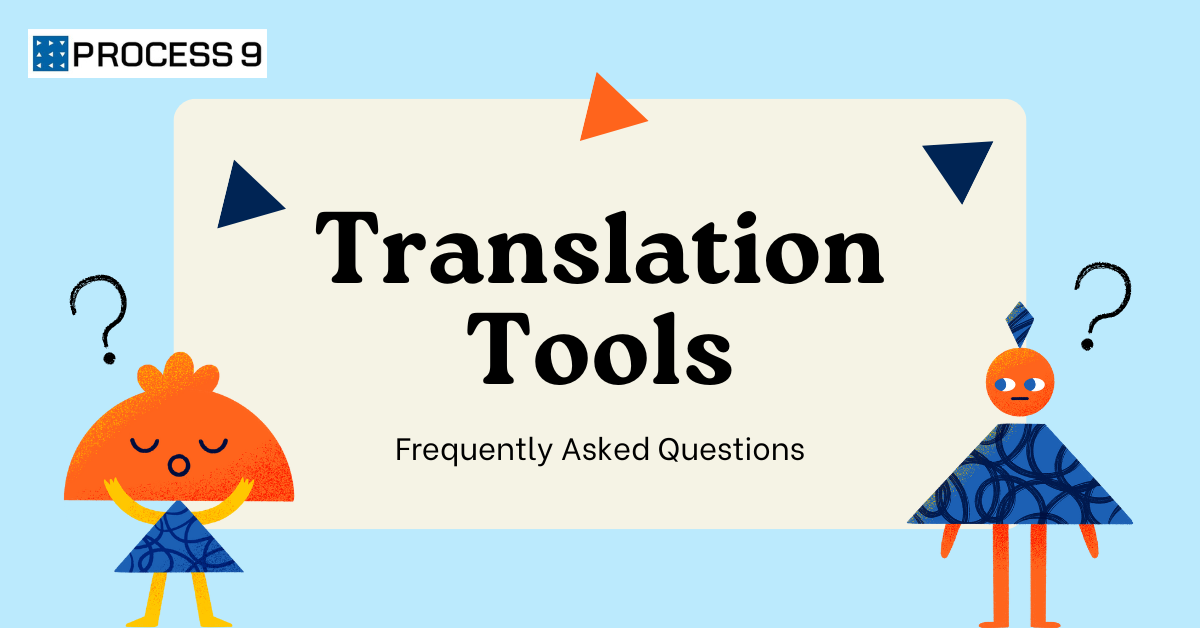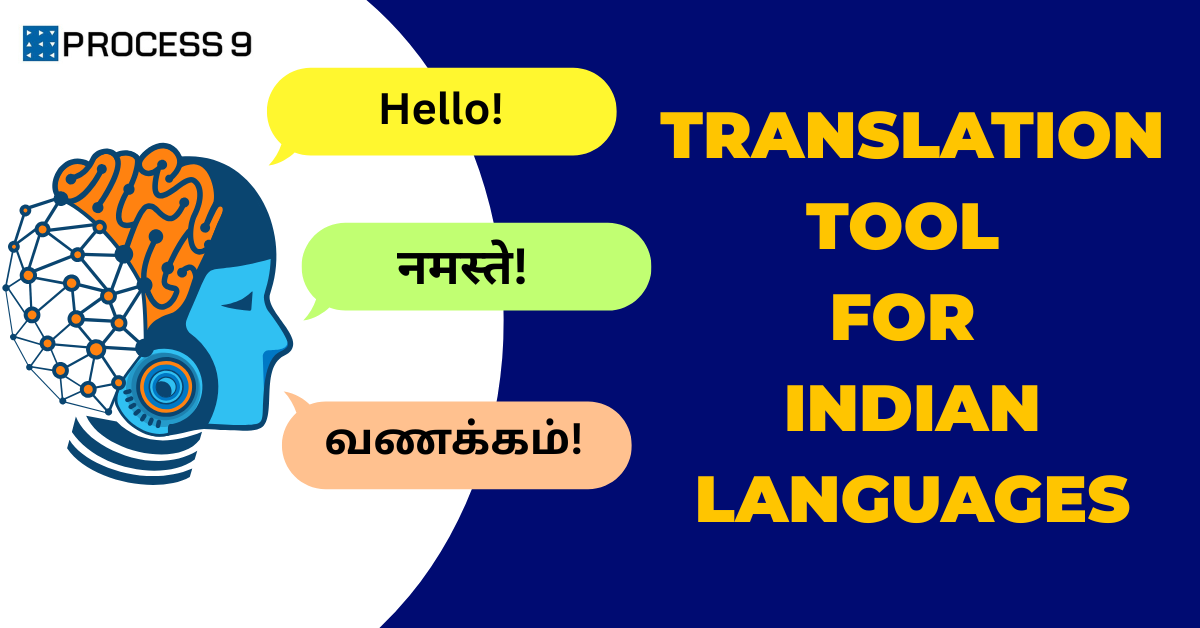If you are an MNC, business, startup — unicorn or soonicorn — or just a solopreneur looking to expand your business footfall in India with the best Indian language translation services, you are reading the right article.
The Indian language translation industry, like other industries, is constantly evolving and adapting to the constantly-changing demands and needs of the target audience. Given the prevalence of hundreds of languages and dialects in India, it is an essential prerequisite for MNCs and other businesses to reach out to their target audience irrespective of their language or dialects.
Let’s decode what you need to look for in an Indian language translator.
Benchmarks for Indian regional language translation services
India is a country known for its linguistic diversity and pluralism, which requires businesses to engage a translator, which has expertise in a multitude of factors, and benchmarks, tailored to the needs and requirements of Indian regional languages. These factors are crucial in determining the success of business reach vis-vis the target audience.
Read on to learn more about the benchmarks you need to look for before engaging in translation services for your business.
Quality
Quality stands out as the most critical factor, among others, which should be on your checklist before you decide to shake hands for translation services. You should assess the quality of translation services and analyze the language consistency, and contextualization, among others. You should also consider checking the list of their business clients.
Quantity
Business websites and apps require consistent loads of content, translated or otherwise. You must ensure that your translators provide a sufficient and consistent quantity of translated content. The translation service is not limited to web content and blogs; it should include translated ad campaigns like Meta and Google Ads.
Multilingual Proficiency
India speaks 19500+ languages and mother tongues. There are various linguistic regions, like the Hindi heartland in north India, which are dominated by singular languages. To run a successful business across the length and breadth of the nation, you need to reach out to your target audience in the language they prefer, understand, and speak, no matter how many languages they use. That’s why your translation services should have multilingual proficiency.
Platform Compatibility
You should make sure that your translation service provider is compatible with a wide variety of platforms, websites, and software. This ensures that you are future-proof and on the safer side. Tools like Mox Veda and Mox Wave are compatible with a multitude of platforms, websites, and software, making them one of the most sought-after services in the translation service industry.
Result-Oriented
The translation service must be result-oriented in its approach and delivery. It should be able to generate and drive traffic to your website, ensuring the translated content is aligned to the socio-cultural moorings and adapted to the regional linguistic nuances. For example, the translation of historical names should be in consonance with the prevalent notions like the Hindi translation of Alexander as “Sikander”. Similarly, Tiruvanantpuram is often simplified to “Trivandrum” for non-Malayalam speakers.







Share: